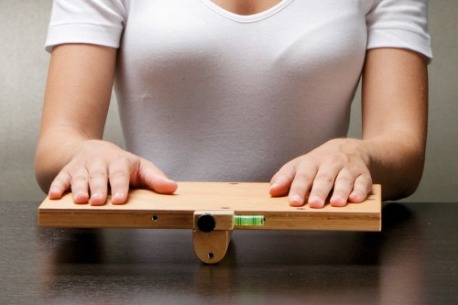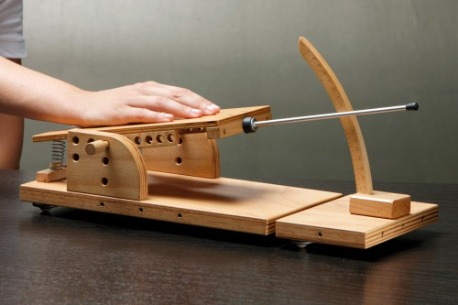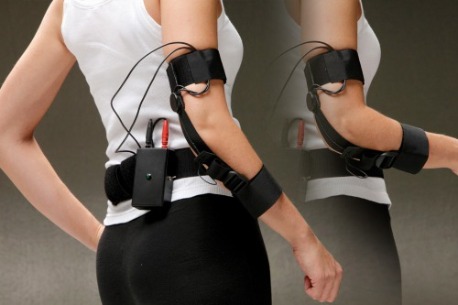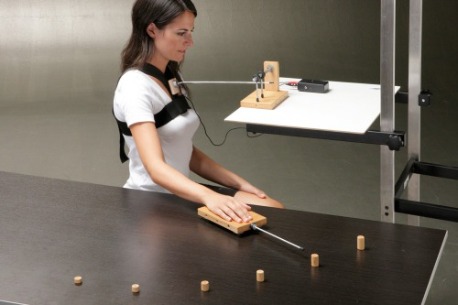
The term motor learning defines the ability to learn or modify motor skills in a relatively permanent way, by means of a complex perceptual - motor - cognitive process that leads to the individual’s increased performance as a result of their practice and interaction with the environment (Magill, 1980; Woollacott & Shumway-Cook, 1994; Schmidt & Lee, 2005).
Rehabilitation is actually a true motor re-learning process (Perfetti, 1979; Carr & Shepherd, 1987) aimed at acquiring new skills and recovering motor capabilities that were lost by the individual suffering from any conditions.
An essential condition for learning is the existence of feedback to return intrinsic or extrinsic information on the outcome and result from one’s motor response (Adams, 1987; Winstein, 1991). This proves to be true both upon developing a movement pattern and when matching the motion produced with its correct reference. The performance we require from the patient must be gradual and suited to their capabilities, so as to generate continual improvement and progressive adjustment in the physician’s requests.


Depending on the source originating the sensory feedback, we can talk of intrinsic feedback and augmented feedback or extrinsic feedback (Winstein, 1987). Extrinsic feedback is given by information coming from an external source to the individual who is performing the movement and that information, in turn, increases and amplifies the intrinsic feedback. This type of information is always linked to how movement is executed or to particular aspects of it that the individual cannot or is unable to be aware of. It can be provided through various types of channels having different sources and produced in different variations It is now widely recognized that such information has a key role in providing acknowledgment as to whether the movement is correct and reinforcing learning as a result (Schmidt & Lee, 2005 Wulf, 2007; Roelfsema et al., 2010).
It is in this context that I have developed a series of tools over the years that target the patient’s cognitive processes, particularly perception, attention and motor movement control (Crippa, 2009), both with regard to central or peripheral damages. It is important to guide the patient towards an advanced re-learning of gestures: it is not about a purposeless and rough movement, but about searching for recruitment quality while controlling compensation and elementary schemes.The following exercises certainly do not purport to be a path to be followed to set up a treatment program, but they rather represent a number of stimuli that, before implementation, require personal education and a careful evaluation of the patient in order to define a correct rehabilitation path.
Alessandro Crippa
Physiotherapist
